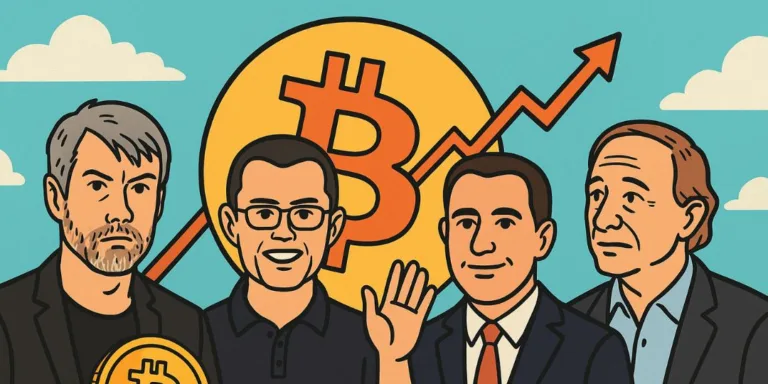The new governor of the Federal Reserve aims to revoke the third mandate in an effort to moderate long-term interest rates and to justify the implementation of yield curve control policies. Once the third mandate is implemented, it could change the long-term monetary policy landscape to favor Bitcoin while weakening the Dollar.
President Donald Trump’s new pick, Governor Stephen Miran, hopes to rejuvenate the third buried mandate, which could moderate long-term interest rates. However, a change to monetary policy with moderate interest rates will create a conducive environment for Bitcoin and cryptocurrencies, while making conditions hard for the Dollar.
The third mandate, which demands moderate long-term interest rates, has been overlooked, as it was a byproduct of the top two mandates–maximum employment and stable prices. However, according to Section 2 of the Federal Reserve Act, the “Board of Governors of the Federal Reserve System and the Federal Open Market Committee shall maintain long run growth of the monetary and credit aggregates commensurate with the economy’s long run potential to increase production, so as to promote effectively the goals of maximum employment, stable prices, and moderate long-term interest rates.”
Miran’s ideation of revoking the third mandate stems from the thought of using it as a legal shield to implement yield curve control policies and suppress yield. Yield Curve Control (YCC) is a monetary policy where a central bank commits to targeting specific interest rates for government bonds of different maturities (for example, 3-year or 10-year bonds).
Instead of letting bond markets freely set those yields, the central bank actively intervenes — usually by buying or selling bonds — to keep yields near the target.
How does YCC affect the dollar?
Investors are always on the lookout for bonds with a higher yield; however, with government bonds capping the long-term yields, international investors will shift funds to bonds that pay higher yields. If U.S. yields are artificially held down while yields rise abroad (say, in Europe or emerging markets), money tends to flow out of U.S. assets. This will shrink the demand for the US. Dollar.












